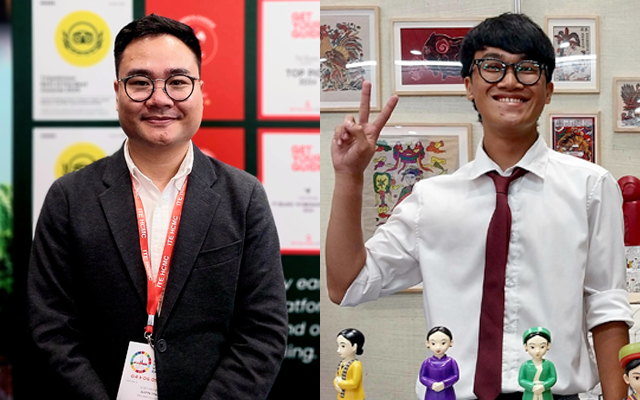The tourism industry plays a growing role in supporting the preservation and promotion of the culture and traditions of the communities it works with, placing local livelihoods and traditions at the heart of its operations.
For the first time, the 19th International Travel Expo Ho Chi Minh City included the Export Forum and the Connecting International Goods Supply Chain event, highlighting how the industries can collaborate.

Phan Thi Tang, Vietnam’s deputy minister of industry and trade, said the tourism industry can act as a “bridge” to become a “driver of trade and investment”. She added that millions of international visitors will not only take home memories of Vietnam’s land and people, but also serve as “trade ambassadors” for Vietnamese goods, helping to expand export markets.
Tour operators and hoteliers are also increasingly working with local artisan communities and craftspeople. This is not only to provide travellers with the immersive experiences they demand, but to promote the products of these often-forgotten artisans internationally and keep the cultural guardians’ traditions alive.
Justin Tran, CEO of Quiet Asia, said the tourism sector plays an important role in helping local artisan communities grow. Having worked in the industry for 15 years, he has also noted a recent shift in demand.
“Local artisans have good skills that have been passed down generations to make their products, but they’re bad at marketing and promoting them. We, as tour operators, already have a good source of customers to connect them with to support their livelihoods and preserve their traditions,” he said.
“Before, people travelled to see places and listen to the stories of those places. Today, people want more than that. They really want to experience a place, become a part of that experience and leave a positive impact.”
Huy Nguyen Van Anh, design director at The Decor Hub, works with Vietnamese artisan communities to create a range of souvenirs that showcase their talents and traditions.
“The issue for many of these communities is that they live and work in remote villages,” he shared. “Often, they don’t know how to get their products to market, so we work with them to create souvenirs that use their traditions but are adapted for the international market. We then bring them to cities or tourist places, where they can be sold to tourists from across the world.”
Van Anh said this not only provides the artisans with a reliable income stream, but also helps keep these dwindling traditions alive.
“The tourism industry should work closer with local artisan communities to promote their work, culture and traditions to the world.”
Vo Van Manh, sales executive at Coco Travel, stated the company works closely with indigenous communities in Vietnam’s highlands to promote their natural products and handmade wares to guests. “It’s important that we work with local communities to give visitors an insight into their lives and support their livelihoods.”
Tram Nguyen, sales and marketing manager at Viettourist DMC, noted that since opening up to Europe two years ago, demand for artisan-driven experiences, such as visits to weaving and textile villages, as well as working alongside grassroots producers, have grown.
“More and more people want to learn about local cultures and traditions, which often include unique dress, decorations, ceramics and foods. We offer a farm stay in Dalat, for example, where guests can learn about the different ethnicities in Vietnam and how to make local produce, while helping raise the salary of farmers,” she said.



















